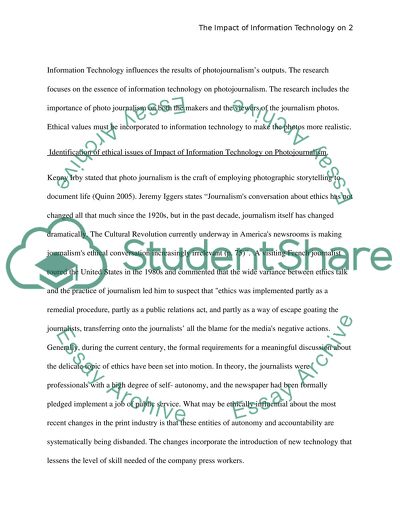Cite this document
(“The Impact of Information Technology on Photojournalism Essay”, n.d.)
Retrieved from https://studentshare.org/information-technology/1396498-the-impact-of-technology-on-photojournalism
Retrieved from https://studentshare.org/information-technology/1396498-the-impact-of-technology-on-photojournalism
(The Impact of Information Technology on Photojournalism Essay)
https://studentshare.org/information-technology/1396498-the-impact-of-technology-on-photojournalism.
https://studentshare.org/information-technology/1396498-the-impact-of-technology-on-photojournalism.
“The Impact of Information Technology on Photojournalism Essay”, n.d. https://studentshare.org/information-technology/1396498-the-impact-of-technology-on-photojournalism.


